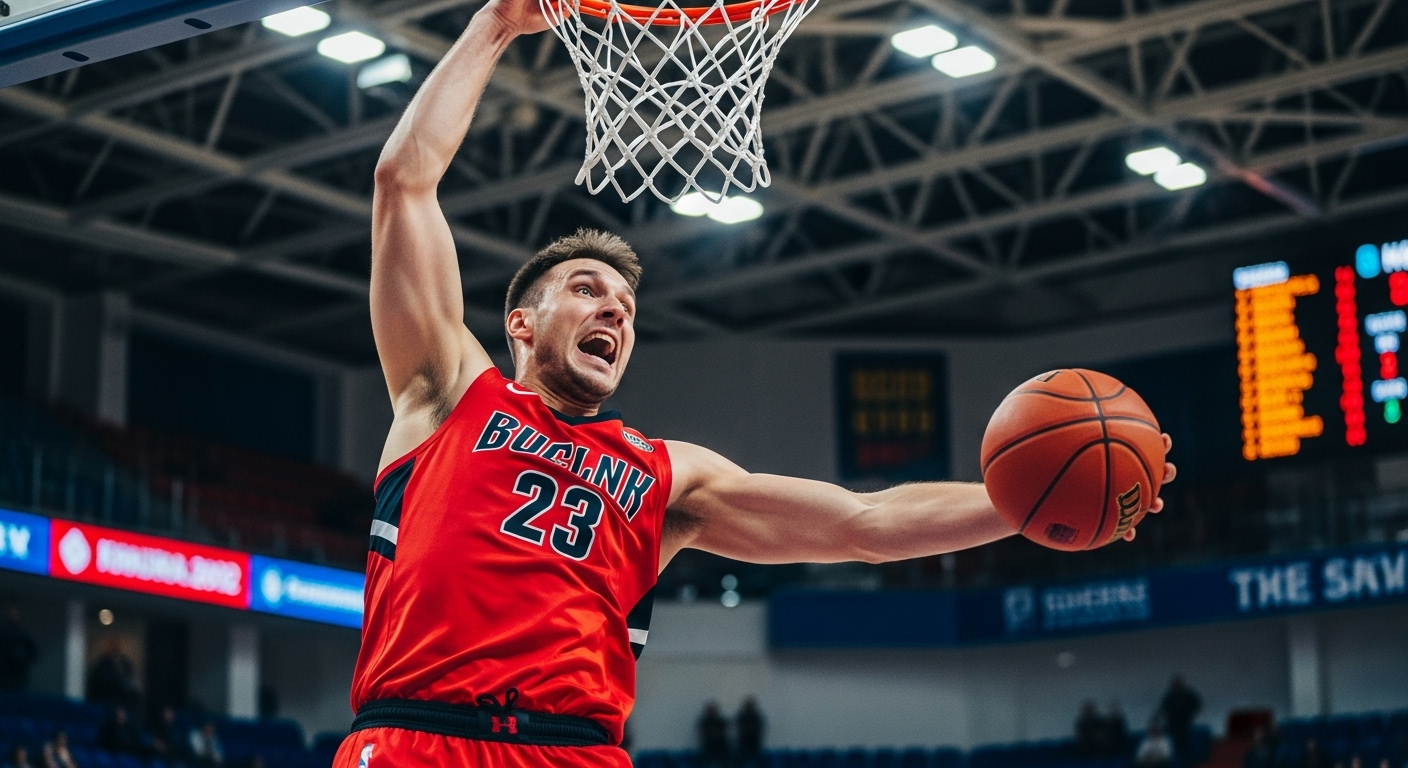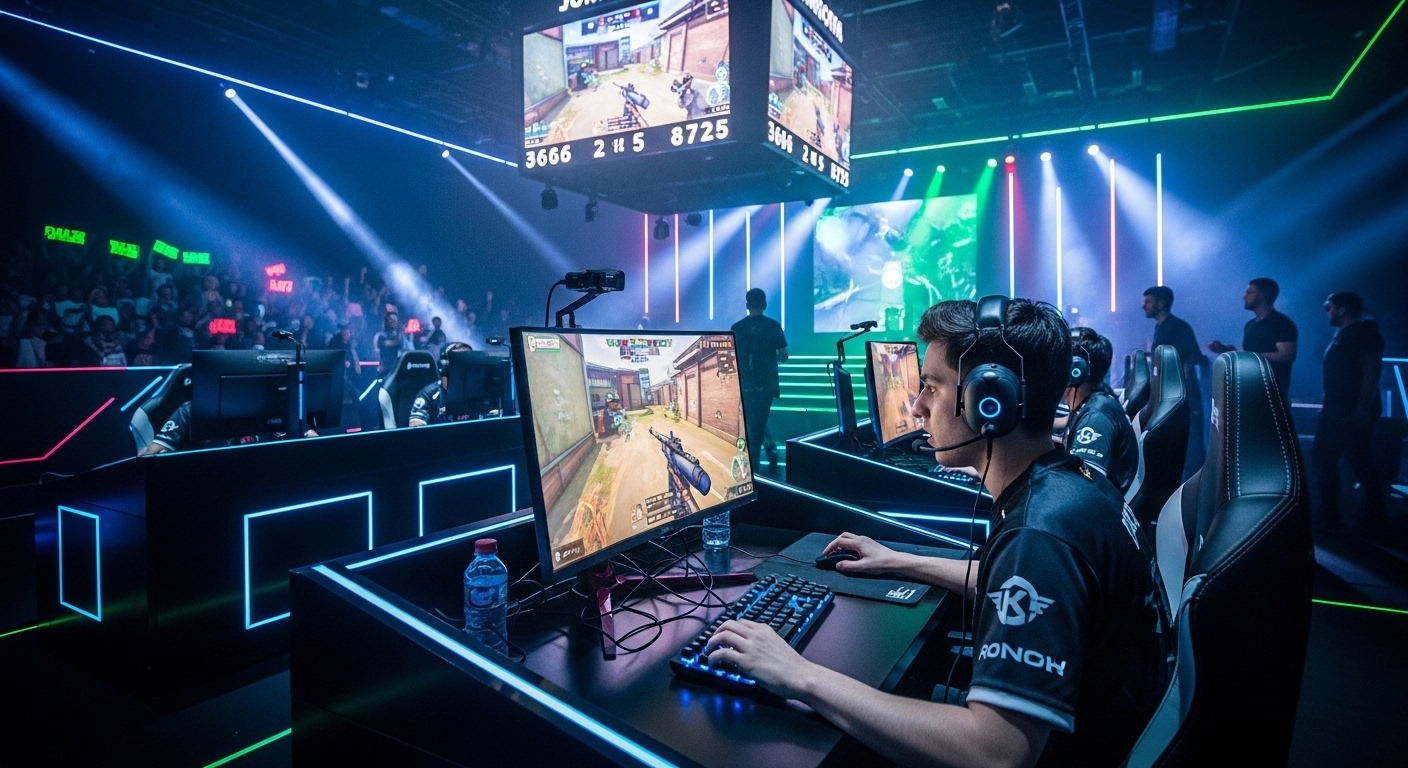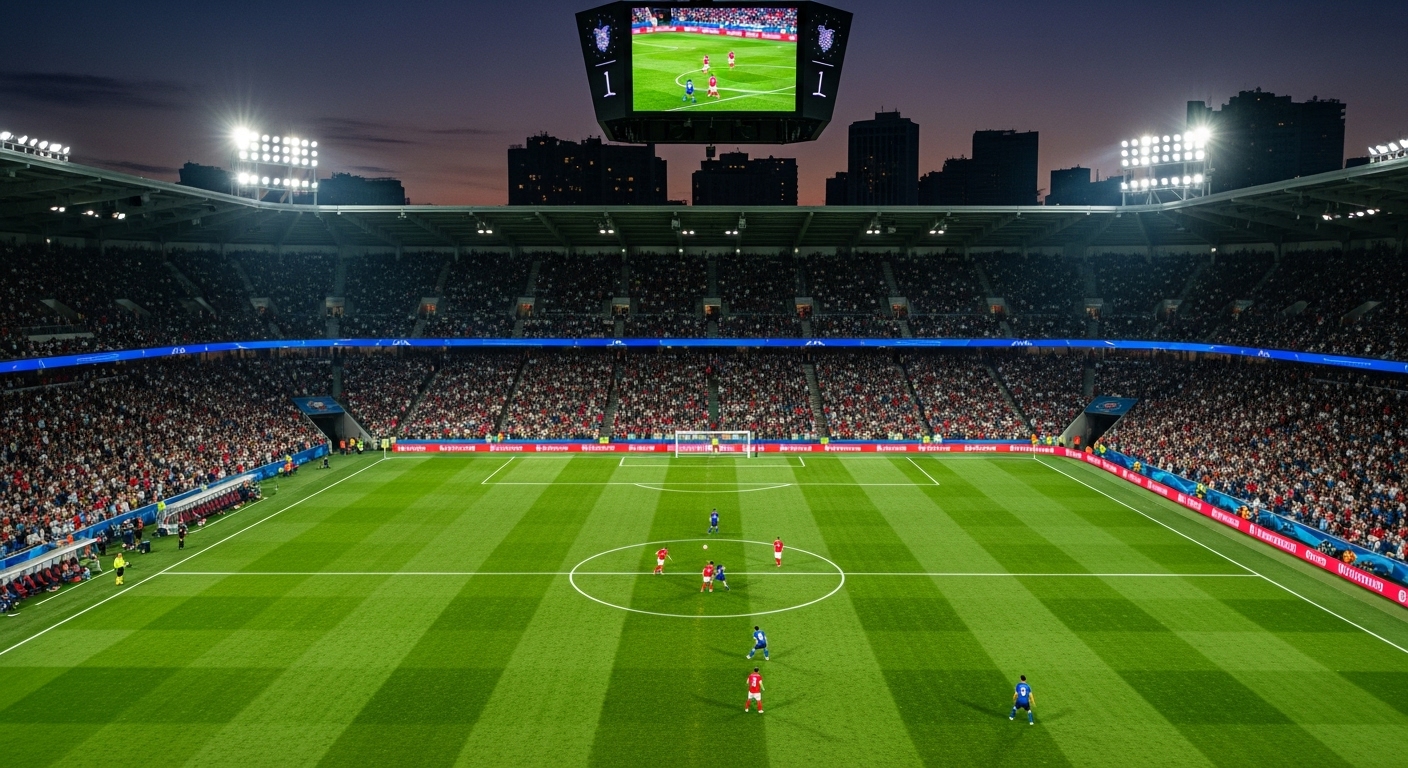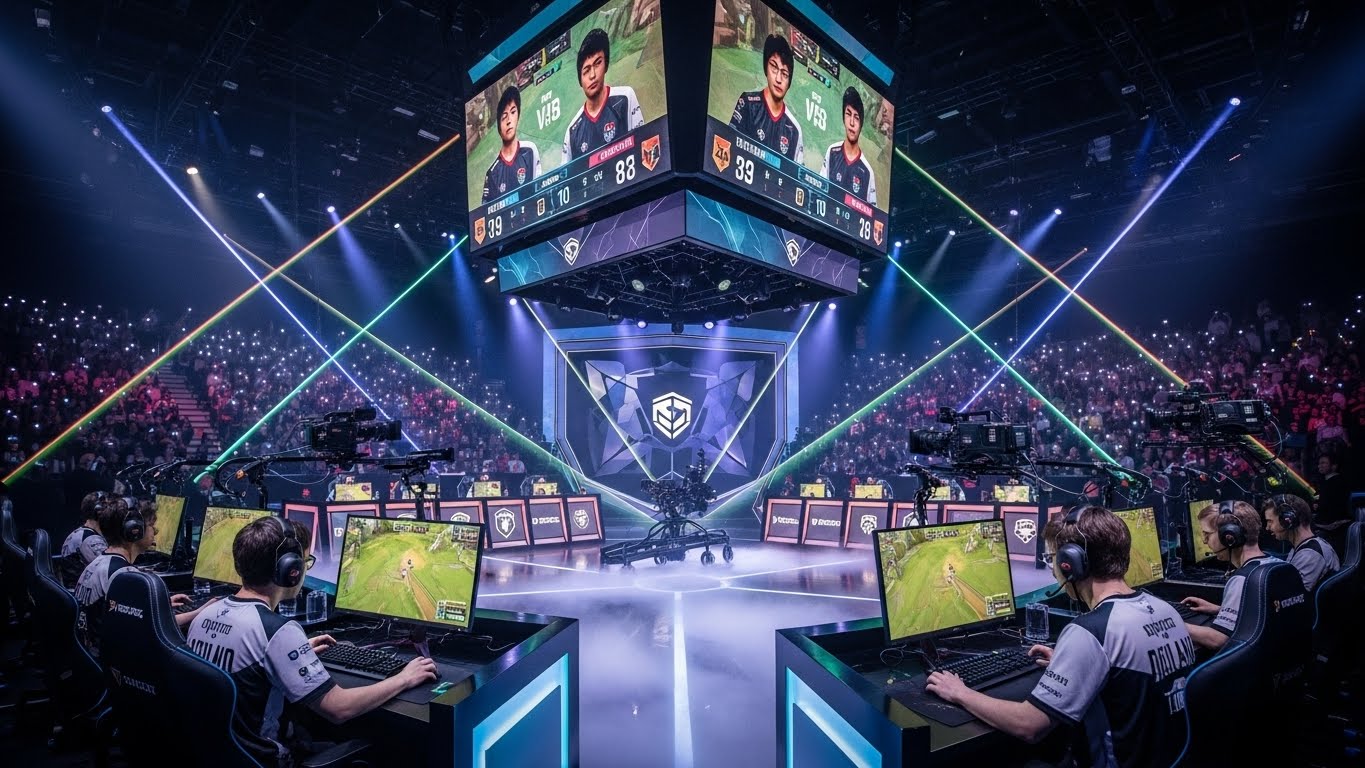In the world of esports, where digital arenas replace physical ones, camera angles play a crucial role in shaping the viewer’s experience. Just as in traditional sports, the way a match is presented visually can heighten tension, emphasize key plays, and immerse audiences in the excitement of competition. Esports broadcasting has evolved dramatically over the years, developing unique camera techniques that enhance both storytelling and gameplay clarity. From first-person perspectives to dynamic cinematic shots, the best camera angles in esports broadcasts are not only about visibility—they are about engagement, emotion, and entertainment.
The Evolution of Esports Broadcasting
When competitive gaming began gaining traction in the early 2000s, broadcasts were relatively simple. Viewers often saw only the players’ screens, making it difficult to understand the full context of a match. As esports matured, developers and production teams recognized the need to create a more cinematic viewing experience, similar to televised sports. This led to the introduction of observer tools, multiple camera feeds, and professional directors coordinating complex in-game shots.
Today, top esports events rival traditional sports in production quality. Games like League of Legends, CS:GO, Dota 2, and Valorant employ broadcast crews with dozens of people working behind the scenes to ensure that every moment is captured from the best possible angle. The result is a visually compelling experience that helps both casual fans and experts understand the strategy, skill, and emotion behind every play.
The Importance of Camera Angles in Esports
Camera angles are essential for more than just aesthetics. They determine how viewers interpret the action, how they feel about the intensity of the match, and how well they understand the decisions players make in real time. The right camera angle can transform a good play into an unforgettable one.
For example, a wide top-down shot in Dota 2 can highlight a team’s strategy, showing how five players coordinate during a massive team fight. In contrast, a first-person view in CS:GO captures the precision and speed of a player’s reflexes. By choosing the right perspective, broadcasters bring clarity, emotion, and immersion to the audience.
First-Person Perspective: Immersion at Its Finest
The first-person perspective (often called the “player view”) is one of the most widely used camera angles in esports, especially in shooter titles like Counter-Strike: Global Offensive, Overwatch, and Valorant. This view places the audience directly into the player’s shoes, showing their crosshair movement, reaction time, and split-second decisions.
This perspective works exceptionally well because it creates an intimate connection between the viewer and the player. When a sniper lines up a headshot or a player executes a perfect clutch play, the audience feels the intensity firsthand. It’s as close as one can get to experiencing professional gameplay without holding the controller.
However, relying solely on this view can be disorienting, especially for newcomers unfamiliar with the fast pace of professional-level play. This is why esports directors often combine it with other camera angles to give a more complete understanding of the game.
Top-Down and Isometric Views: Strategic Clarity
Strategy-heavy games such as League of Legends, Dota 2, and StarCraft II benefit most from top-down or isometric camera angles. These views allow the audience to see the entire battlefield, track player positioning, and understand the flow of the match.
In League of Legends, for example, this camera angle makes it easy to follow how teams position themselves around objectives like Baron or Dragon. The audience can see the setup, the ambushes, and the rotations across the map. Similarly, in Dota 2, the isometric view highlights complex strategies like smoke ganks or map control plays.
These perspectives help the broadcast team tell the strategic story of a match, ensuring that viewers not only see what’s happening but also why it’s happening.
Free Camera and Spectator Tools: The Power of Flexibility
Modern esports games often come equipped with advanced spectator tools that allow camera operators to move freely across the map, follow players, or capture cinematic shots. The “free camera” feature is particularly useful in large-scale games like PUBG, Apex Legends, or Fortnite, where dozens of players are spread across massive maps.
This type of camera provides unmatched flexibility. It can capture intense firefights from multiple angles, focus on standout moments, or provide sweeping shots of the entire battleground. Broadcasters can seamlessly transition between close-up action and wide panoramic views, creating a dynamic and engaging experience for viewers.
This flexibility is also key for storytelling. Directors can focus on rivalries, dramatic duels, or critical plays, emphasizing the emotional highs and lows of competition.
Third-Person Cameras: Balance Between Action and Awareness
Third-person camera angles are often used in games where player movement and environment interaction are visually significant. Titles like Fortnite and PUBG benefit greatly from this perspective because it allows the audience to appreciate the spatial awareness of players and the environment’s complexity.
This view helps spectators understand not just what the player is doing but also what’s happening around them. It’s particularly useful during intense moments, such as final circles in battle royales, where every movement can determine victory or defeat.
Additionally, third-person angles offer great cinematic opportunities. They can highlight character models, showcase emotes or celebrations, and make moments more relatable to fans.
Cinematic Cameras: Bringing Esports to Life
One of the biggest advancements in esports production has been the use of cinematic cameras. These are often controlled manually by skilled operators who frame the action like a movie scene. The purpose is not just to show the gameplay but to evoke emotion, tension, and drama.
Cinematic shots are commonly used in replays, player introductions, or highlight reels. Slow-motion shots of a player landing the winning blow, camera pans across cheering crowds, or dramatic zoom-ins on the final moment of victory all contribute to the spectacle. These shots elevate esports from simple competition to full-scale entertainment.
Some games even include dedicated cinematic modes designed for professional broadcasts. For instance, Overwatch and Valorant allow directors to create dynamic camera movements that make replays look like Hollywood productions.
Player Cameras and Reaction Shots
Beyond in-game perspectives, real-world player cameras have become a crucial element of esports broadcasts. These cameras capture players’ reactions in real time—the joy of victory, the agony of defeat, and the intense focus during critical moments.
When combined with in-game footage, these shots humanize esports. They remind viewers that behind every character on screen is a person with skill, emotion, and passion. This connection builds stronger fan engagement and amplifies the emotional impact of the broadcast.
The Role of Replays and Highlight Cameras
Replays are an essential part of esports production. They allow audiences to revisit key moments, analyze plays in detail, and appreciate the precision and coordination involved. High-quality replays rely heavily on camera angles that clearly showcase what happened from the best possible viewpoint.
Slow-motion replays with cinematic angles can turn ordinary plays into legendary moments. They also help explain complex sequences to viewers, particularly in games with intricate mechanics like Dota 2 or Rainbow Six Siege.
Overhead and Drone-Style Angles
In large-scale or outdoor-style games, overhead camera angles—similar to drone shots—are used to give audiences a bird’s-eye view of the action. This angle is popular in battle royale games and racing esports, providing a full sense of positioning and scale.
These shots are particularly effective for understanding large engagements, where multiple teams or vehicles are involved. They also make broadcasts more dynamic, providing variety and rhythm to the viewing experience.
Innovations and the Future of Esports Camera Technology
The future of esports broadcasting will likely involve even more advanced camera technology. Virtual reality (VR) and augmented reality (AR) are already being tested to create immersive viewing experiences. Spectators may soon be able to choose their own camera angles or even watch matches from within the game environment using VR headsets.
AI-driven camera systems are also becoming more common. These systems automatically track important events or players, ensuring that the most exciting action is always on screen. This could make broadcasts more efficient and consistent while freeing up human operators to focus on creative storytelling.
Additionally, multi-screen viewing options are emerging, allowing fans to watch several perspectives at once. This technology lets viewers customize their experience—watching their favorite player’s camera feed while still keeping an eye on the overall game flow.
The Art and Science of Esports Observation
Behind every successful esports broadcast is a team of professional observers—specialists who control the in-game cameras. Their job is both technical and artistic. They must understand the game deeply to predict where the action will happen next while also knowing how to capture it in the most visually appealing way.
Observers often work with directors who call camera switches, similar to a live TV broadcast. This coordination ensures smooth transitions, balanced coverage, and a continuous narrative flow. The result is an immersive, professional-grade production that feels seamless to the viewer.
Conclusion
The best camera angles in esports broadcasts are a perfect blend of technology, creativity, and storytelling. They shape how audiences perceive the game, how they connect with players, and how they experience the excitement of competition. From first-person immersion to cinematic spectacle, every angle serves a purpose—bringing clarity, emotion, and beauty to the digital battlefield.
As esports continues to grow and evolve, the art of camera work will only become more sophisticated. Innovations like VR, AI-assisted cameras, and interactive broadcasts promise to push the boundaries of how we experience competitive gaming. In the end, great camera angles are more than just visuals—they are the bridge between the players’ skill and the audience’s excitement, turning every match into a thrilling story worth watching.




